I followed the HUzto2killpunz guides while playing PSO and found the HUcast and RAcast builds especially effective for solo grinding. The Mag tips helped me optimize damage output quickly with minimal trial and error.
The series “huzto2killpunz” has a total of 5 parts available. Each part continues the storyline with unique twists and evolving characters.
In this article we discuss about “how many parts of huzto2killpunz”
Table of Contents
Huzuz—The City of Delights:
Huzuz, often referred to as the “City of Delights,” stands as the radiant heart of Zakhara, the Land of Fate. As the capital city, it embodies the pinnacle of cultural, religious, and political life in the region. With its gleaming domes, bustling bazaars, and diverse populace, Huzuz is a testament to the Enlightened teachings of the Loregiver and the grandeur of the Grand Caliphate.
Geography and Urban Layout:
Situated at the confluence of the Golden Gulf and Suq Bay, Huzuz occupies a strategic position along the southern coast of Zakhara.
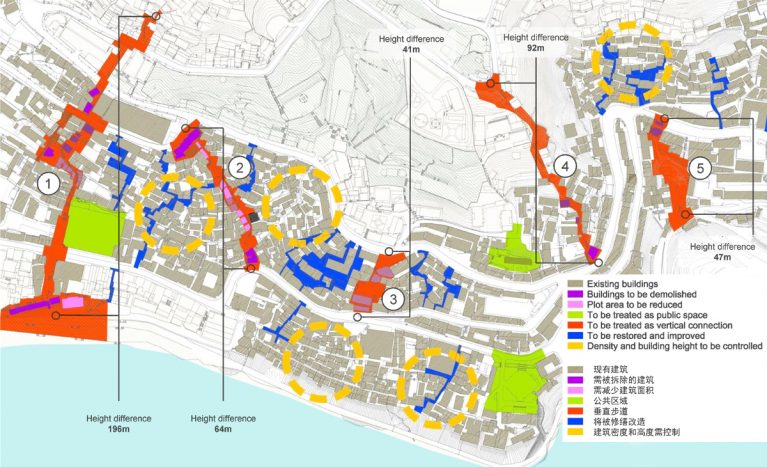
The city is bisected by the Al-Sarif River, providing fertile lands that support extensive agriculture. Huzuz is divided into several districts, each with its unique character and function:
Read More: Oprekladač—A Complete Guide!
1. Clothiers’ Quarter:
Renowned for its textile markets and fashion artisans.
2. Merchants’ District:
The commercial hub, housing the Grand Bazaar and numerous trade houses.
3. Pilgrims’ District:
Accommodates the influx of pilgrims visiting the Golden Mosque.
4. Palace Quarter:
Home to the Palace of the Grand Caliph and administrative buildings.
5. Warehouse District:
Storage and logistics center for goods arriving via caravans and ships.
The city’s architecture is a blend of opulence and functionality, with golden domes, intricate mosaics, and expansive courtyards reflecting the city’s wealth and artistic heritage.
Demographics and Society:
Huzuz boasts a permanent population of approximately 800,000 residents, swelling to over 1.5 million during religious festivals and trade seasons. The populace is predominantly human (85%), with minorities including dwarves, elves, half-elves, halflings, gnomes, goblins, and orcs. The city’s cosmopolitan nature fosters a culture of tolerance and inclusivity, where diverse races and beliefs coexist harmoniously.
The primary language spoken is Midani, and the dominant religion is the worship of the Enlightened gods, as taught by the Loregiver. The teachings emphasize hospitality, charity, and the pursuit of knowledge, values that are deeply ingrained in the city’s social fabric.
Governance and Law:
Huzuz is the seat of the Grand Caliph, the supreme ruler of Zakhara. The Grand Caliph governs through a vast bureaucracy centered in the Court of Enlightenment, supported by three major administrative centers located in the Northwest, Central, and Affluent Districts.
The city’s legal system is based on the Law of the Loregiver, which outlines a comprehensive code of conduct for personal and communal life.
The law promotes justice, equality, and moral behavior, with qadis (judges) presiding over legal matters. Notably, Huzuz is known for its impartial judiciary, where even non-human entities can seek justice, as evidenced by a historic case where a beholder won a lawsuit against adventurers for assault and theft.
Economy and Trade:
As a major trade nexus, Huzuz thrives on commerce and the exchange of goods and ideas. The city’s economy is bolstered by:
1. Textile Production:
Huzuz is famed for its high-quality silks and fabrics, produced by skilled artisans.
2. Grand Bazaar:
One of the largest markets in the Land of Fate, offering a vast array of goods from across Zakhara and beyond.
3. Caravan District:
Serves as the primary entry point for caravans, providing lodging, storage, and resupply services.
4. Educational Institutions:
The city hosts numerous universities and libraries, attracting scholars and sages.
Huzuz’s strategic location facilitates trade routes connecting it to various regions, including the Haunted Lands, the Cities of the Pantheon, and the Ruined Kingdoms. While the official stance discourages the slave trade, it persists in clandestine markets for those willing to pay the price.
Military and Defense:
The defense of Huzuz is multifaceted, combining traditional military forces with magical and supernatural elements:
1. Foot Soldiers:
10,000 infantrymen who also serve as the city watch during peacetime.
2. Imperial Cavalry:
2,000 riders known for their ceremonial appearances and rapid response capabilities
3. Hippogriff Cavalry:
An elite aerial unit comprising 250 trained riders, providing reconnaissance and air support.
4. Mercenary Units:
Three units totaling 2,100 men, valued for their combat prowess and versatility.
5. Mamluk Forces:
5,000 infantry and 900 cavalry from various mamluk societies, including the Faithful and the Vigilant.
6. Magical Legion:
A contingent of 75 wizards equipped with flying carpets, offering magical support and rapid deployment.
7. Naval Fleet:
A fleet of 40 ships patrolling the Golden Gulf and Suq Bay, safeguarding maritime trade routes.
8. Genie Alliances:
Huzuz maintains strong ties with genie races, particularly the jann, who serve as formidable allies in times of conflict.
The city’s fortifications include walls with guarded gates, though its greatest defense lies in the deterrent posed by its powerful allies and the authority of the Grand Caliph.
Cultural and Religious Significance:
Huzuz is a beacon of Enlightenment, drawing pilgrims from across Zakhara to its sacred sites:

1. Golden Mosque:
A central place of worship and pilgrimage, built around the house where the first Grand Caliph received the vision of the Loregiver.
2. House of the Loregiver:
A revered institution dedicated to preserving and teaching the sacred laws and wisdom of the Loregiver.
3. Court of Enlightenment:
The administrative heart of the city, where the Grand Caliph and his advisors deliberate on matters of state and religion.
The city’s festivals, scholarly pursuits, and artistic expressions reflect its commitment to the principles of the Enlightened Faith, fostering a vibrant and diverse cultural landscape.
Read More: Abraham Quiros Villalba—A Complete Guide!
Historical Overview:
Huzuz’s history is marked by pivotal events that have shaped its identity:
1. Founding:
Around 800 DR, the discovery of the Loregiver’s scrolls transformed a modest trading village into the epicenter of Enlightenment.
2. Genie Alliances:
The tenth Grand Caliph established enduring alliances with genie races, enhancing the city’s defense and prestige.
3. 1327 DR Invasion:
An attempted invasion by a renegade al-Badia sheik was thwarted by the combined forces of genies summoned by the sixteenth Grand Caliph, Bahamal al-Assad.
These events underscore Huzuz’s resilience and its central role in the spiritual and political life of Zakhara.
Khalil al Assad al Zahir:
Khalil al Assad al Zahir is a fictional or symbolic name that blends Arabic elements often associated with strength and nobility. “Khalil” means “friend” in Arabic, while “al Assad” refers to “the lion,” symbolizing power and courage. “Al Zahir” can mean “the manifest” or “the victorious.” Together, the name paints a picture of a powerful and respected figure, possibly used in storytelling or fictional narratives to represent a fearless leader or warrior.
Zakhara Cities:
Zakhara is the land of fate in the Dungeons & Dragons setting of Al-Qadim, inspired by Arabian mythology. The cities of Zakhara are rich in culture, magic, and trade. Major cities include Huzuz (the City of Delights), which serves as the capital and cultural center, and Qudra, a militarized city focused on honor and strength. Each city has its own unique identity, blending mystical elements with traditional desert and coastal life, reflecting themes of fate, honor, and exotic adventure.
Huitzil Meaning:
The name “Huitzil” comes from “Huitzilopochtli,” an Aztec god associated with war, the sun, and human sacrifice. In short form, “Huitzil” often symbolizes strength, battle, and divine guidance. It represents a powerful force in Mesoamerican mythology, embodying both creative and destructive energies. The name carries deep spiritual and cultural meaning in indigenous traditions, often linked to warriors and divine protection.
Huitzil Bird:
The “Huitzil bird” is often associated with the hummingbird, which was sacred to the Aztecs and linked to the god Huitzilopochtli. In mythology, these birds were considered reincarnated warriors who died in battle.
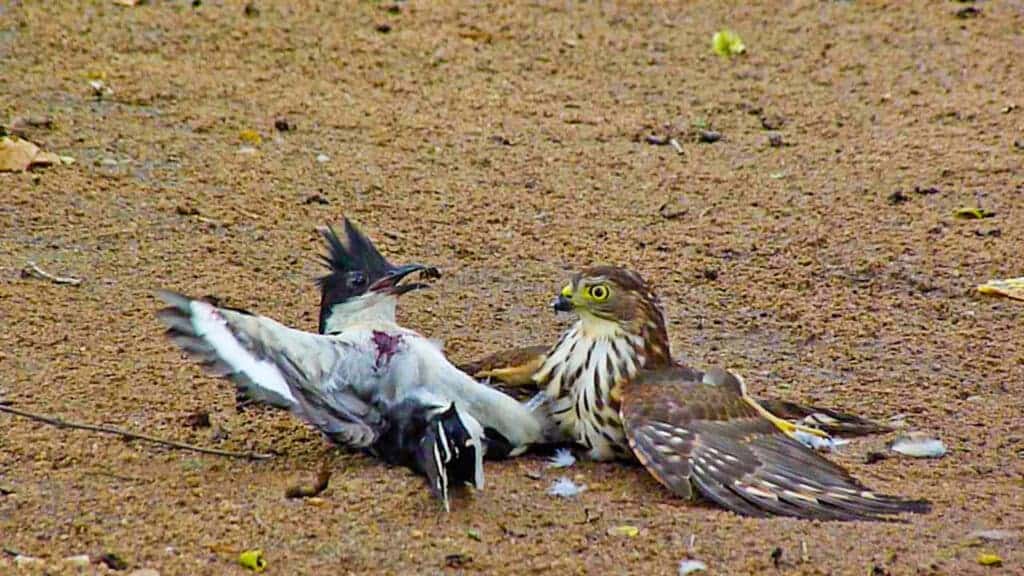
Though small, the hummingbird symbolizes vitality, speed, and courage in Aztec culture. The bird is admired not only for its beauty and agility but also for its spiritual connection to the sun and war.
what is huzto2killpunz:
A made-up or fictional phrase – possibly part of a username, code, or story.
A typo or misspelling – double-check if the term was meant to be something else.
A niche or private reference – it might relate to a game mod, inside joke, or community term not widely documented online.
characters in huzto2killpunz:
The game Huzto2KillPunz features a roster of 30 distinctive characters, categorized into heroes and villains. Each character brings a unique playstyle, with specialized combat abilities and signature movesets that influence strategy and dynamics during battles
Read More: Keezy.co Tech Guru Benjamin—A Complete Guide!
Frequently Asked Question:
1. How many parts of huzto2killpunz?
The huzto2killpunz are usually divided into 3 to 5 parts, depending on user updates and guide extensions. Each part covers different aspects of the character builds and strategies.
2. How many parts of huzto2killpunz in 2022?
In 2022, the huzto2killpunz were typically split into 4 parts, including weapon guides, mag tips, character builds, and advanced tactics for PSO (Phantasy Star Online).
3. HUcast Guide?
The HUcast is a powerful melee class with high ATP but no techs. Focus on boosting accuracy, using strong multi-hit weapons, and supporting with traps and mags that enhance power and defense.
4. FOnewm Guide?
FOnewm excels in area-of-effect techniques, especially Gi-techs. Equip units that boost mind (MST) and use mags with high Mind stats. Ideal for solo and crowd control playstyles.
5. RAcast Guide?
RAcast is a top-tier ranged attacker with the highest HP among rangers. Use shotguns and rifles, emphasize ATA and DEF, and rely on traps and high-range weapons for safe, consistent damage.
6. PSO Episode 1 and 2 Mag Guide?
Mags are vital companions that evolve based on your feeding and character class. Feed them items that match your stat goals (POW for melee, MIND for techs), and unlock Photon Blasts for battle support.
7. HUnewearl Guide?
HUnewearl blends melee combat with tech support. Build a balanced mag, boost MST and EVP, and use techniques like Shifta/Deband for buffing. She’s excellent for solo and team play.
8. RAcaseal Guide?
RAcaseal is a defensive ranger with high DFP and accuracy. Best used with long-range weapons and status-inflicting traps. She excels in team play as a durable support shooter.
Conclusion:
The “huzto2killpunz” series, known for its in-depth guides on Phantasy Star Online (PSO), consists of 5 parts, each focusing on unique character builds, strategies, and Mag optimization tips. The series is especially praised for its effectiveness in solo grinding with classes like HUcast and RAcast. Beyond the PSO content, the article also delves into rich lore around the city of Huzuz from the Al-Qadim setting, offering detailed insights into its culture, governance, military, and historical significance. The piece blends gaming strategy with world-building lore, catering to both PSO fans and D&D lore enthusiasts.
Read More:
- Rdatao—A Complete Guide!
- Andrew Santino Wife—A Complete Guide!
- Codes Truesports—A Complete Guide!
- Nftrandomize—A Complete Guide!
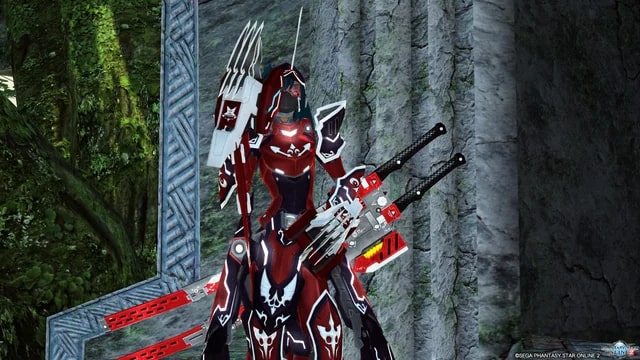
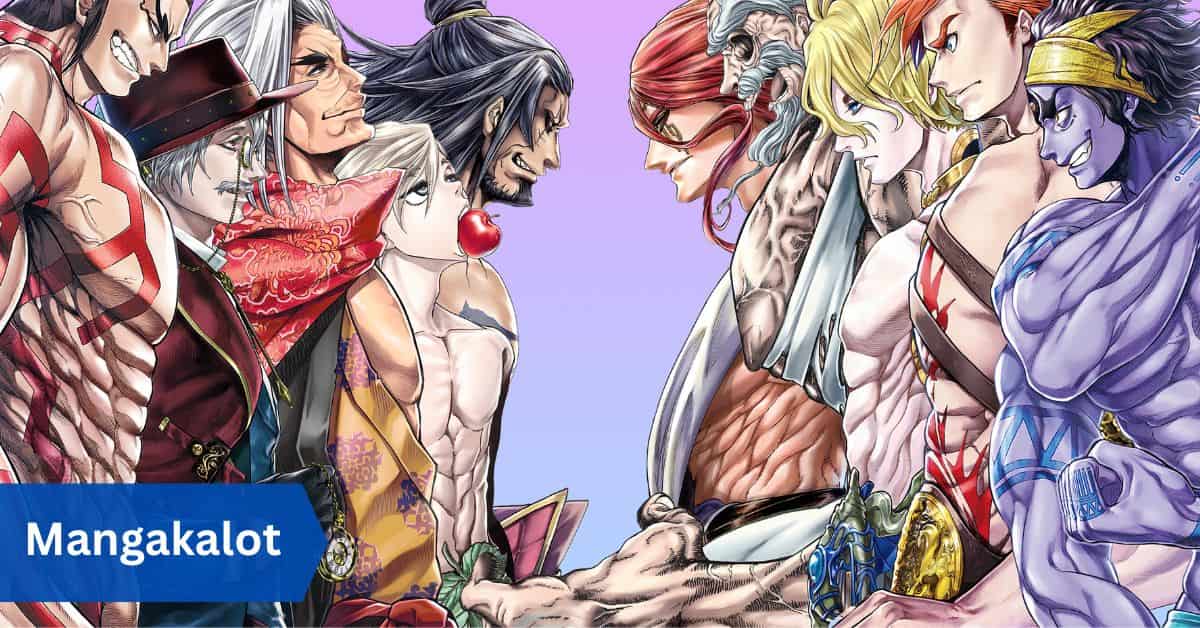








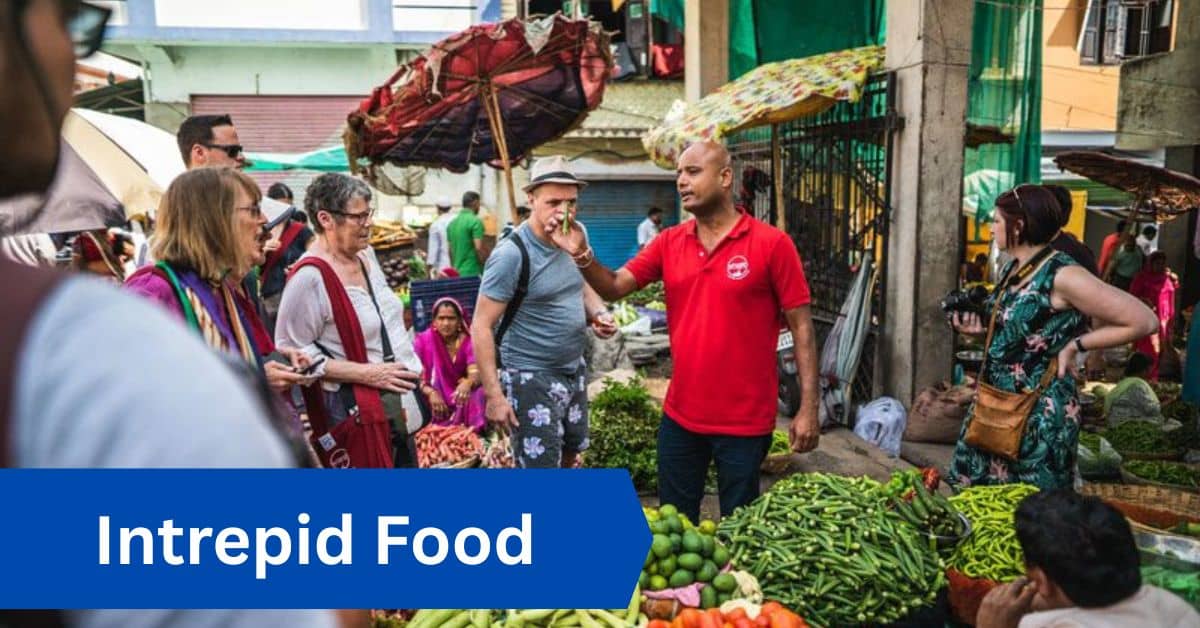




Leave a Reply